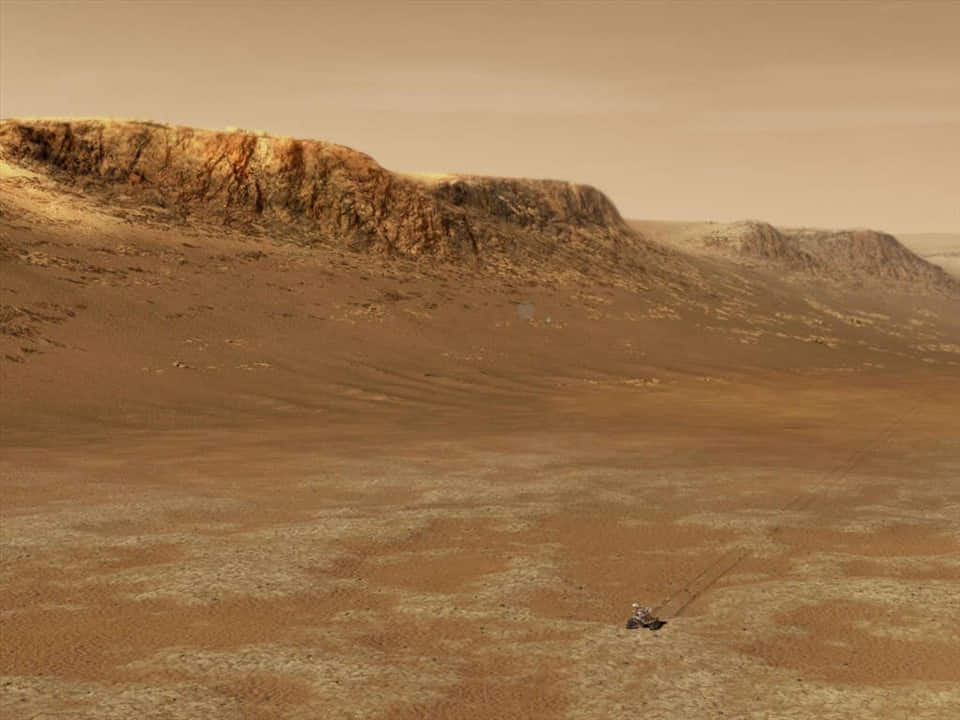Although it has long disappeared, the origin of the “cigar” in the Oumuamua universe is still not agreed upon by the scientific community.
A study published in the journal Nature has provided an explanation for Oumuamua’s origin, arguing that this is just a natural object, not the product of aliens as many people speculate. However, this research did not convince an astronomer from Harvard University.
Discovered in October 2017, Oumuamua quickly attracted the attention of astronomers because of its strange shape and behavior.
Oumuamua is long and flat like a cigar – a shape rarely seen in meteorites. Besides, it tends to move in a straight line, instead of flying in an elliptical path due to the Sun’s gravity. In particular, Oumuamua’s moving speed is much faster than that of a meteorite and also accelerates as it approaches the Sun, as if it were pushed by an additional force.

Normally, comets also have the ability to move similarly by releasing gaseous matter and forming a comet tail. But Oumuamua does not have a “tail”. Special telescopes did not detect any signs that the object emitted material like a comet, either water vapor or dust.
Although it has long disappeared, Oumuamua’s origin remains a mystery. Many arguments have been put forward, many of which believe that this object is the product of aliens.
However, in a study recently published in the journal Nature, scientists have argued that Oumuamua is just a natural object. Specifically, they believe that Oumuamua is essentially a hydrogen-rich “ice cube”. When approaching the Sun, high temperatures cause molecular hydrogen to gasify, releasing energy that causes the object to accelerate and at the same time erode into a special shape.

Calculations show that a small amount of molecular hydrogen can create strong acceleration, accelerating Oumuamua’s speed without forming a comet “tail”.
This is considered a quite reasonable explanation for all the mysteries surrounding Oumuamua, reinforcing the hypothesis that Oumuamua is a planetary relic similar to comets in the Solar System.
“This explanation will end the fierce five-year debate about Oumuamua, but also open up discoveries about planet formation,” said Darryl Seligman, a postdoctoral researcher at Cornell University and is co-author of the study – comment.
However, Dr. Avi Loeb of the Department of Astronomy, Harvard University disagrees with this argument.
According to Mr. Loeb, for Oumuamua to reach a speed of up to 322,000 km/h as seen, the hydrogen inside the ice block must completely evaporate, then a large amount of oxygen molecules will also be released, which means that it is still necessary to look see Oumuamua’s “tail”.

“Remember that Oumuamua is the size of a football field (100-200 m). How did all the hydrogen escape from a depth of tens of meters while leaving behind an object containing pure oxygen? This is unbelievable,” Loeb commented.
Loeb said that only artificial spacecraft have the “behavior” and shape of Oumuamua. For example, 2020 SO – a rocket launched by NASA in 1966, then forgotten and rediscovered in September 2020.
“These authors believe that it is a special type of comet even though it does not have a “tail”. It’s like saying an elephant could be a zebra without stripes,” Loeb said.






